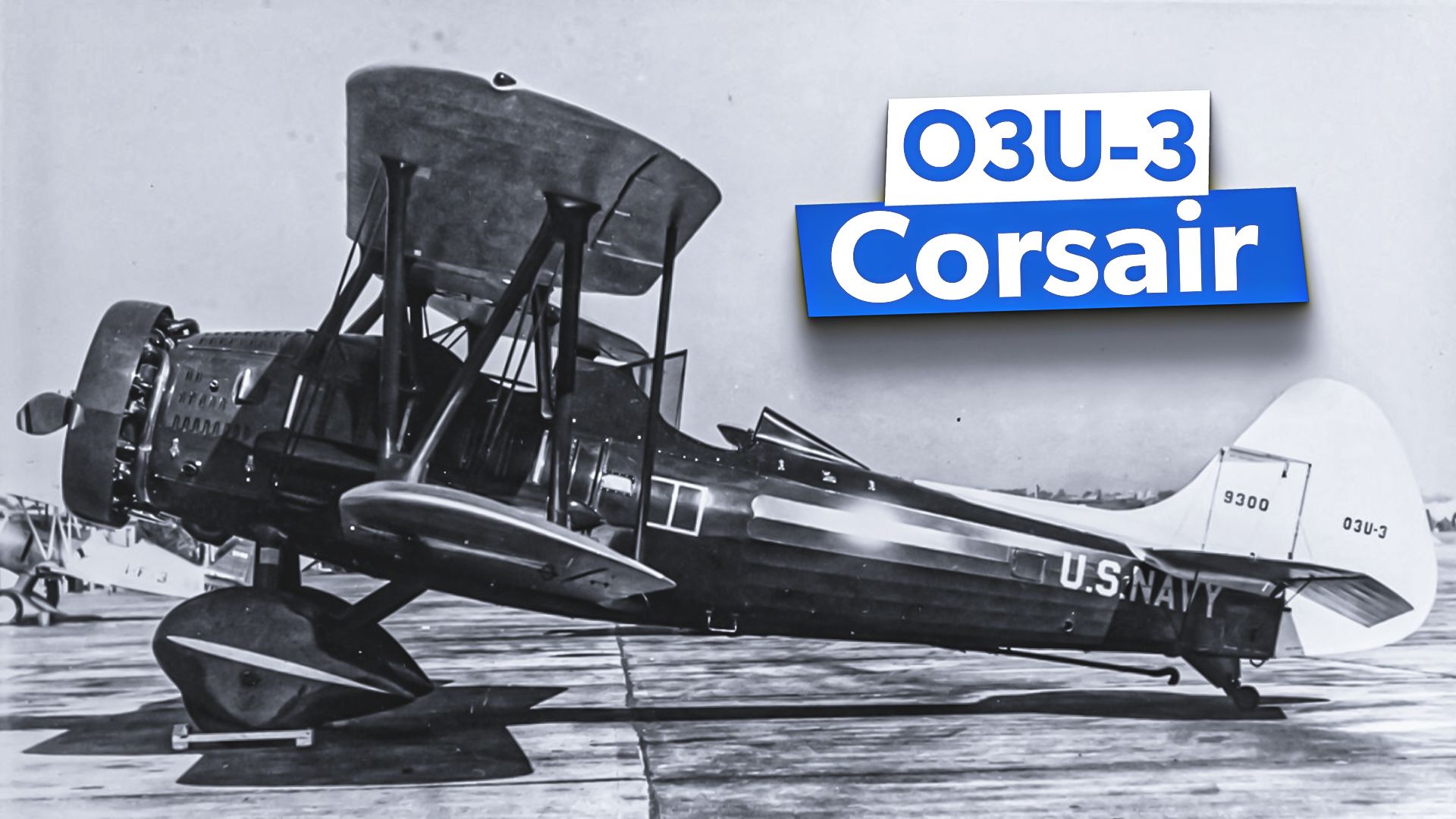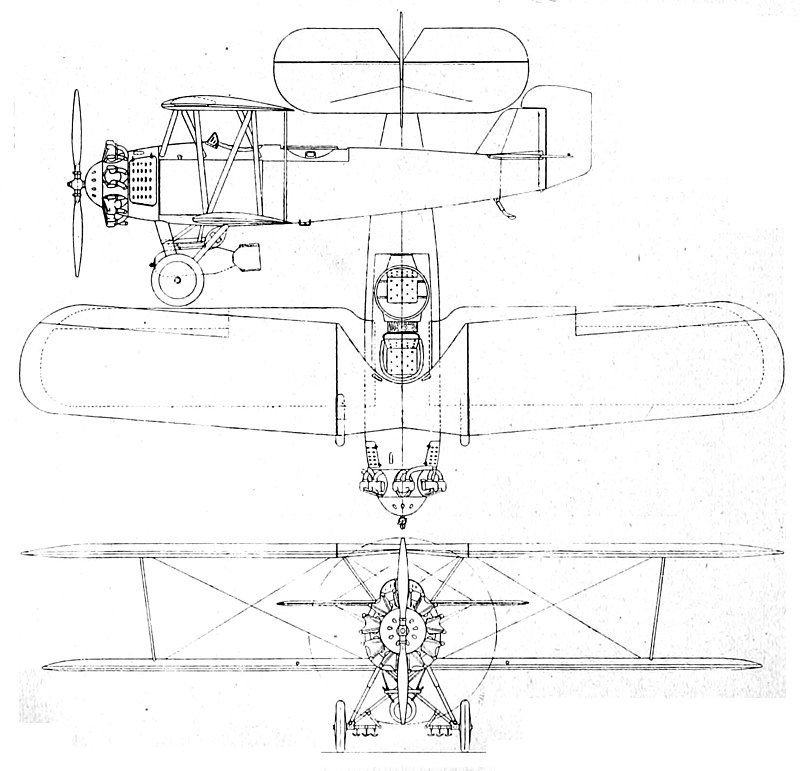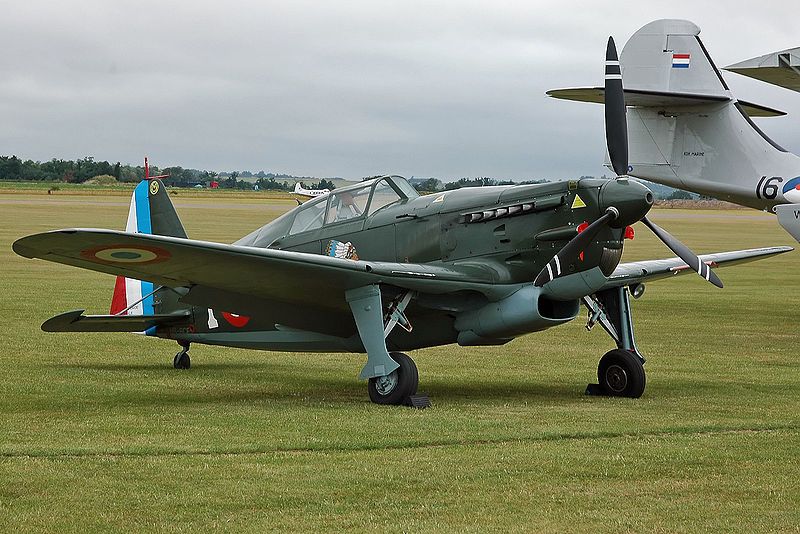Summary
- The US Navy named several famous warplanes, Corsair, after historical pirate ships.
- The Vought O2U/OSU-3 Corsair was the first warbird assigned the Corsair name.
- Despite not seeing combat in American hands during WWII, these early Corsairs served important roles in the fleet.
Many military aviation buffs are familiar with two Corsair planes of US Naval Aviation: the Vought F4U Corsair fighter plane that ravaged Imperial Japanese aviation during World War II, and the LTV A-7 Corsair II ground-attack plane (AKA the “SLUF;” “Short Little Ugly Fellow” in polite company) that served faithfully from the Vietnam War to the 1991 Persian Gulf War.
According to Dictionary.com, “Corsair” was originally either “a fast ship used for piracy” or “a pirate, especially formerly of the Barbary Coast.” The Barbary corsairs were the enemy in the first war fought by the United States Navy entirely outside its own waters (1805), so perhaps it’s a tad ironic that the US Navy would end up naming multiple warplanes ‘mechanical air pirates.’ However, I suppose that could be interpreted as a historical homage to a worthy foe.
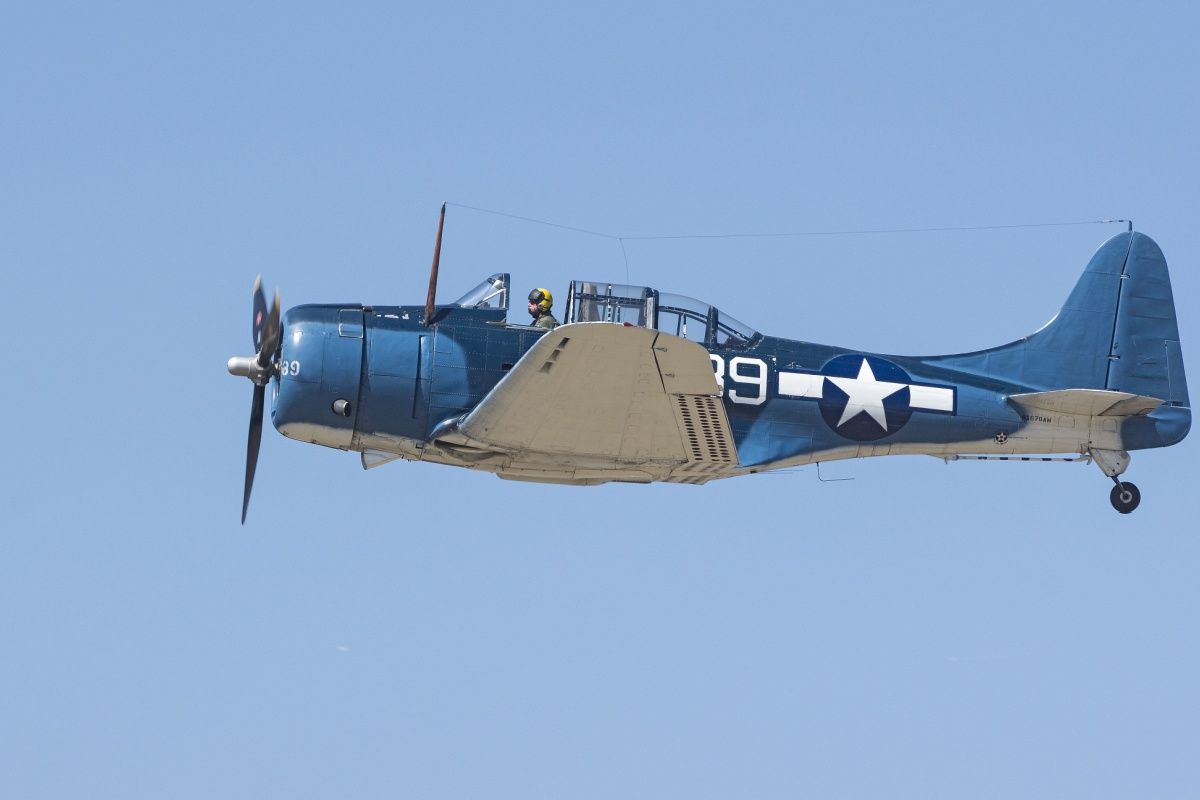
Related
History: 5 Iconic Carrier-Based Aircraft From The Second World War
While the British and Japanese boasted carrier-based aircraft that distinguished themselves early on, American aircraft dominated the later war.
But how many people know about the first USN warbird bearing the Corsair moniker? Simple Flying now gives the mostly forgotten Vought O2U/OSU-3 its moment in the spotlight.
O2U/O3U Corsair early history and specifications
While the F4U and A-7 were both monoplanes (the former being prop-driven, the latter jet-powered but still subsonic), the O2U/O3U was a biplane scout and observation aircraft. As this was the first plane to bear the Corsair name, the F4U and A-7 technically should’ve been designated the Corsair II and Corsair III respectively. The Chance Vought Corporation produced the O3U and F4U, while the “SLUF” was built under the successor conglomerate’s name, Ling-Temco-Vought (LTV),
The O2U made its maiden flight in prototype form in 1926 and was ordered by the USN for production in 1927. The O3U was basically one and the same as the O2U-4 variant, debuting in 1930.
Specifications of the warbird were:
|
Crew: |
2 (pilot, observer/rear gunner) |
|
Fuselage Length: |
27 ft 5.5 in (8.37 m) |
|
Wingspan: |
36 ft 0 in (10.97 m) |
|
Height: |
11 ft 4 in (3.45 m) |
|
Empty Weight: |
3,312 lb (1,502 kg) |
|
Max Takeoff Weight: |
4,765 lb (2,161 kg) |
|
Powerplant: |
1 × Pratt & Whitney R-1690-42 Hornet radial, 600 hp (447 kW) |
|
Max Airspeed: |
167 mph (269 km/h, 145 kn) at sea level |
|
Range: |
680 mi (1,094 km, 591 NM) |
|
Service Ceiling: |
18,600 ft (5,670 m) |
|
Armament: |
|
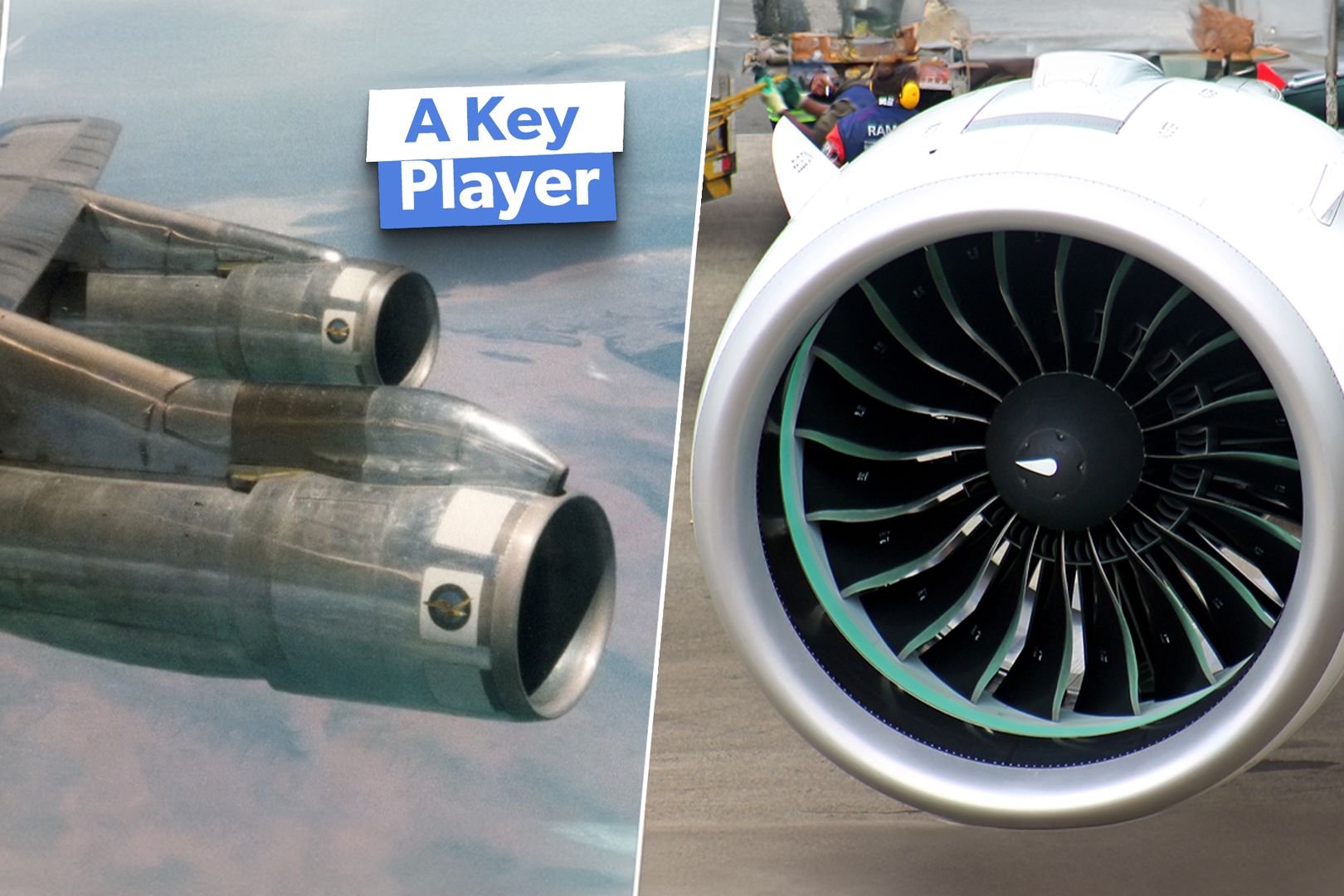
Related
A Powerful Business: 5 Notable Pratt & Whitney Jet Engines
Pratt & Whitney manufactures a diverse range of jet engines, from fighter jets to airliners – with some claimed to be best in class.
In addition, the airframe incorporated a steel-tube fuselage structure and a wooden wing structure with fabric covering. Many were modified seaplanes or amphibians via retrofitting, such as the Grumman float.
Operational History
The Corsair biplane was first “blooded” in combat in the hands of US Marine Corps aviators in Nicaragua circa 1928 during the so-called “Banana Wars.” The “flying leathernecks” used these warbirds for the then-revolutionary tactics of close air support (CAS) and dive-bombing. One of these intrepid Corsair drivers, then-1st Lt. (eventually retired 4-star General) Christian Frank Schilt (March 19, 1895 – January 8, 1987), flew his O2U into heavy small-arms fire to evacuate wounded Marines and was awarded the Medal of Honor for his troubles.
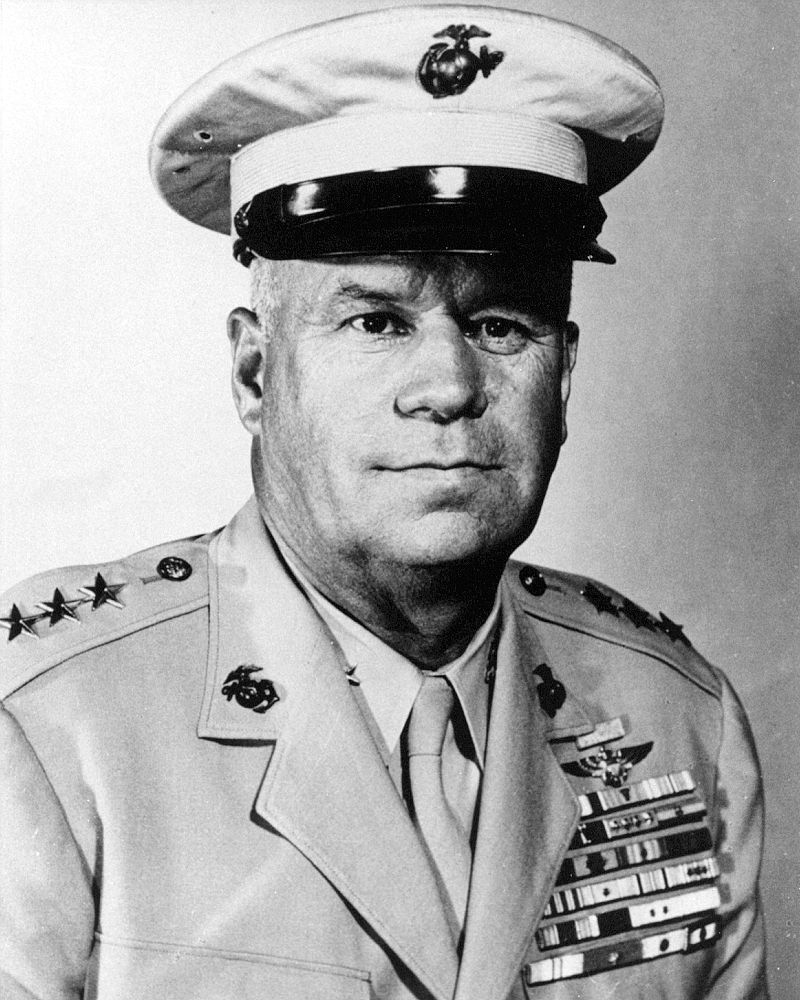
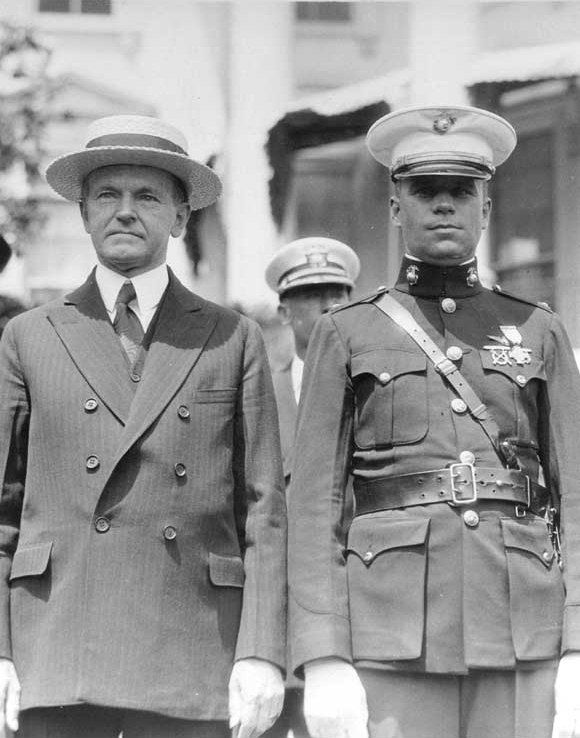
The plane was widely exported, with foreign customers including Argentina, Brazil, Nationalist China, pre-communist Cuba, the Dominican Republic, Mexico, Peru, and Thailand. Thus, these “mechanical air pirates” also saw combat during the Chinese Civil War (1927-1949), the Second Sino-Japanese War (1937-1945), the Colombia-Peru War (1932-1933), and the Franco-Thai War (1940-1941).
Thailand fought a war against Vichy France concurrent with the Second World War. It was during this conflict that a Corsair scored the first ever air-to-air kill in history for the Royal Thai Air Force (RTAF; กองทัพอากาศไทย/Kong Thap Akat Thai). As far as I can ascertain, the only confirmed aerial victory scored by any pilot of the Corsair biplane. The kill was scored in November 1940 against a Morane-Saulnier M.S.406 monoplane fighter.
Unlike the F4U Corsair, USN and USMC-owned O2U and O3U Corsairs weren’t used in combat in WWII. (Ditto for the ones used by the US Coast Guard.) However, 141 first-generation Corsairs still served with the Navy and Marines when the US entered World War II. The wheeled (fixed landing gear) versions launched from the decks of the aircraft carriers USS Lexington (CV-2) and USS Saratoga (CV-3), while the pontoon- and float-bearing models took off from the catapults on battleships and battlecruisers. They acted as the “Eyes of the Fleet” until they were replaced by another Vought product, the OS2U Kingfisher (not to be confused with the defunct Indian carrier Kingfisher Airlines).
Movie star…or was it?
You’d think that the original Corsair would be better remembered by aviation buffs due to a longstanding claim that it participated in one of the most famous monster movies of all time, that being 1933’s “King Kong.” However, starting at the 14:40 mark of the following video, historian Ed Nash of “Ed Nash’s Military Matters” debunks that mistaken assumption:
” I also feel I should clarify one important engagement that the Vought Corsair did *not* take part in. O3Us are often credited for being the aircraft used in the epic battle with a certain giant ape over the Empire State Building in 1933’s King Kong, but they are not. In fact, the live-action shots were Stearman C3s while the models used in the battle shots are more like Curtis Falcons.”
Ed hastened to add:
“However, though the Vault Corsair was not responsible for dispatching the furry menace, that doesn’t detract from the record of what was a remarkable aircraft with a remarkable service history.”
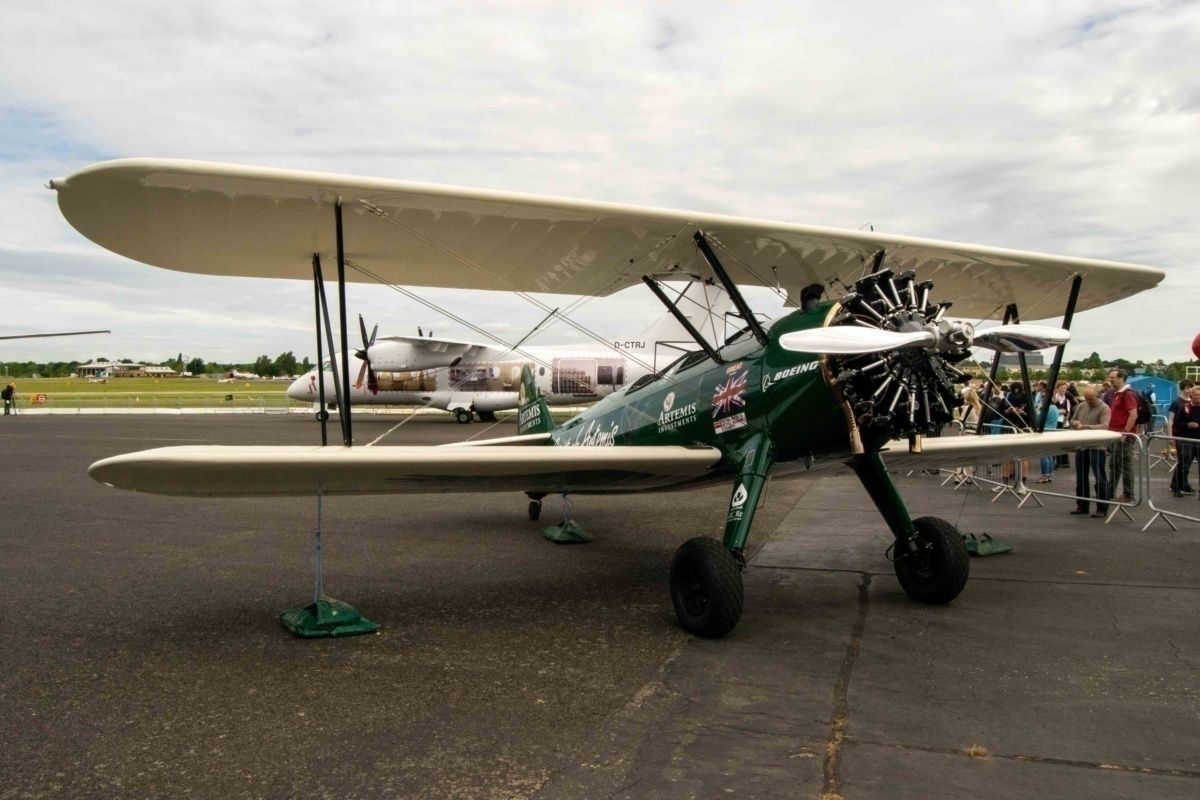
Related
100 Years After KLM’s First Arrival A 77-Year-Old Plane Lands At Schiphol
Where are they now?
Out of 580 of these Corsairs built, only two bona fide specimens survive today, both of which are export models:
However, as Adam Estes of Vintage Aviation News reported last month, a dedicated “band of volunteers” belonging to the Vought Heritage Foundation recently finished building a full-sized replica of an O3U-3.
“With the Corsair now complete inside the workshop, the question now is to determine its disposition. The goal of the VHF has always been to have the reproduction on display to the public, just like their previous restoration projects. One leading contender for a potential home for the O3U-3 is the National Naval Aviation Museum in Pensacola, but VHF has yet to make an official decision.”
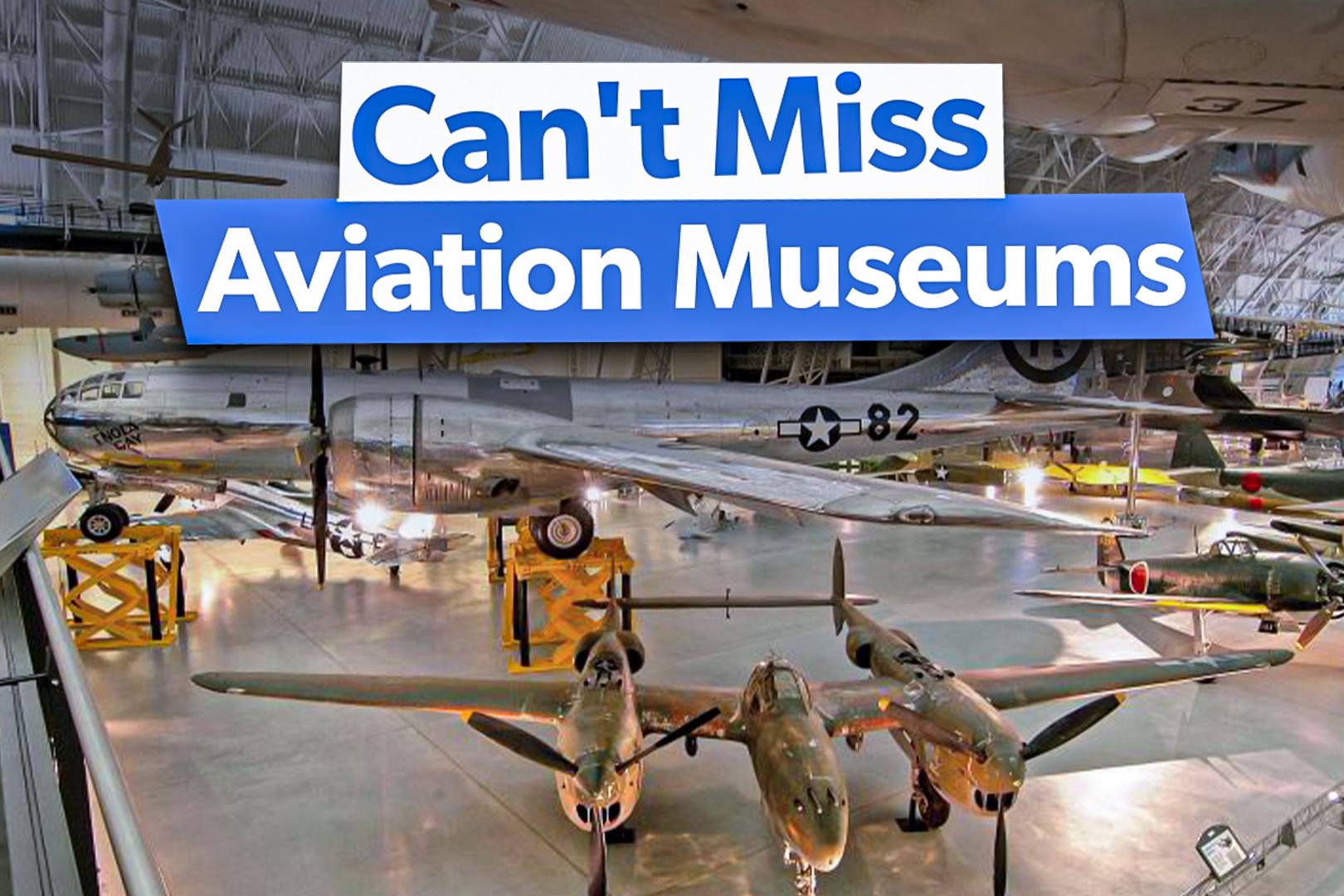
Related
Top 5 Can’t-Miss Aviation Museums Across The USA
Two notable museums are floating on water.
“From the initial vision back in 2008 to the completion in 2024, a total of around 60 volunteers have contributed to the completion of the O3U-3 Corsair, which took approximately 80,000 hours to build from start to finish.”

